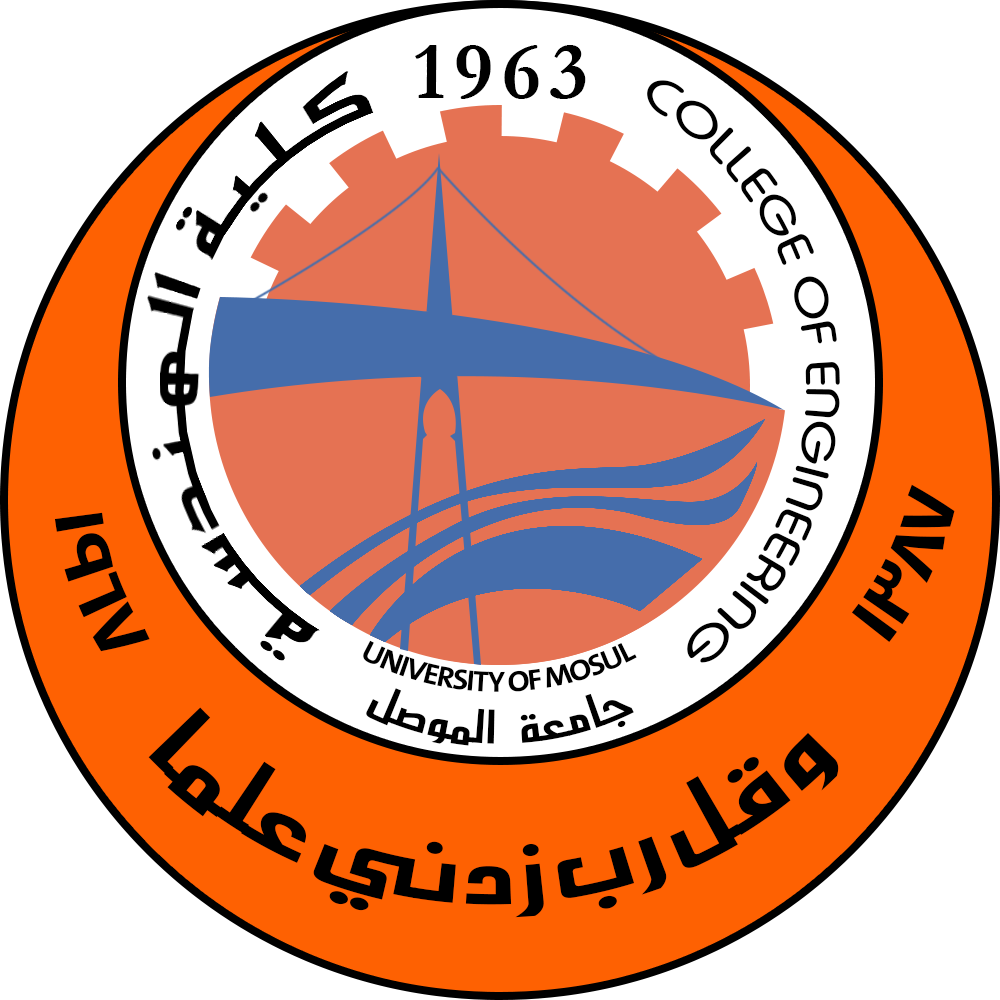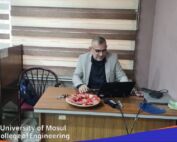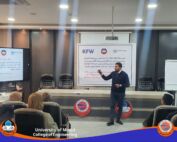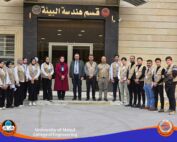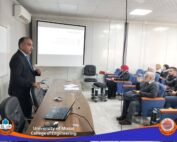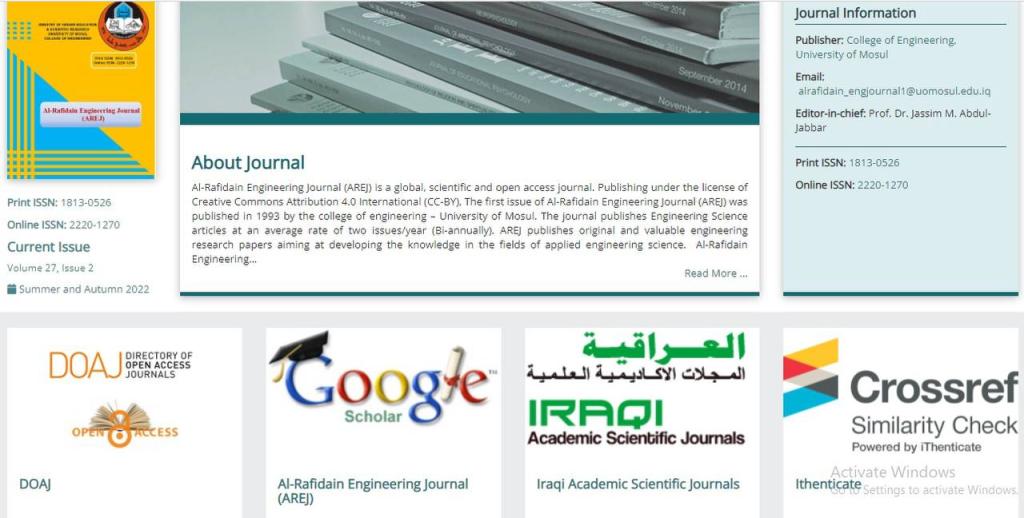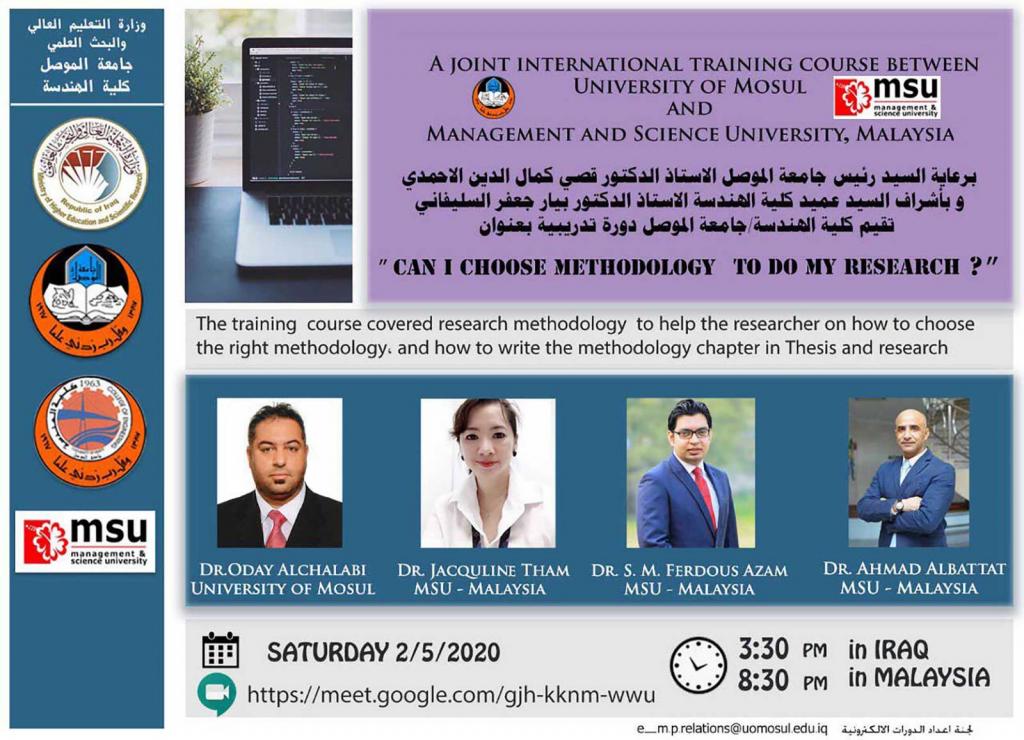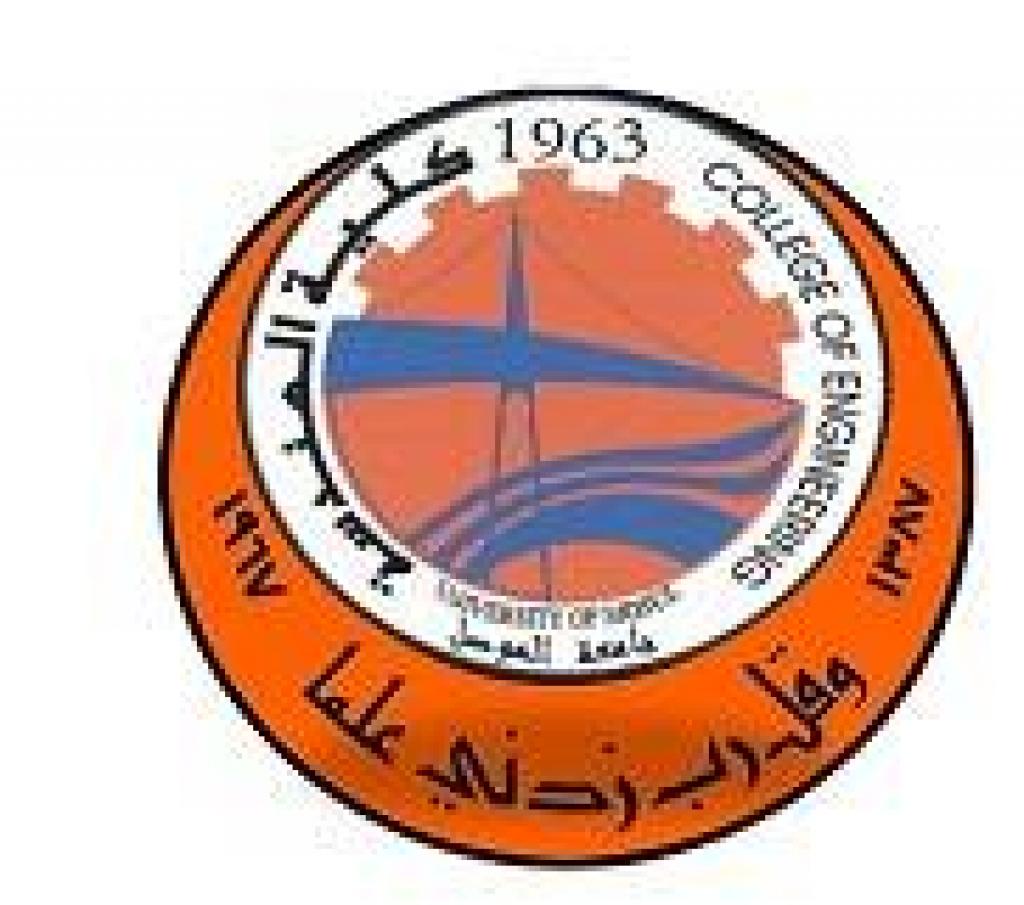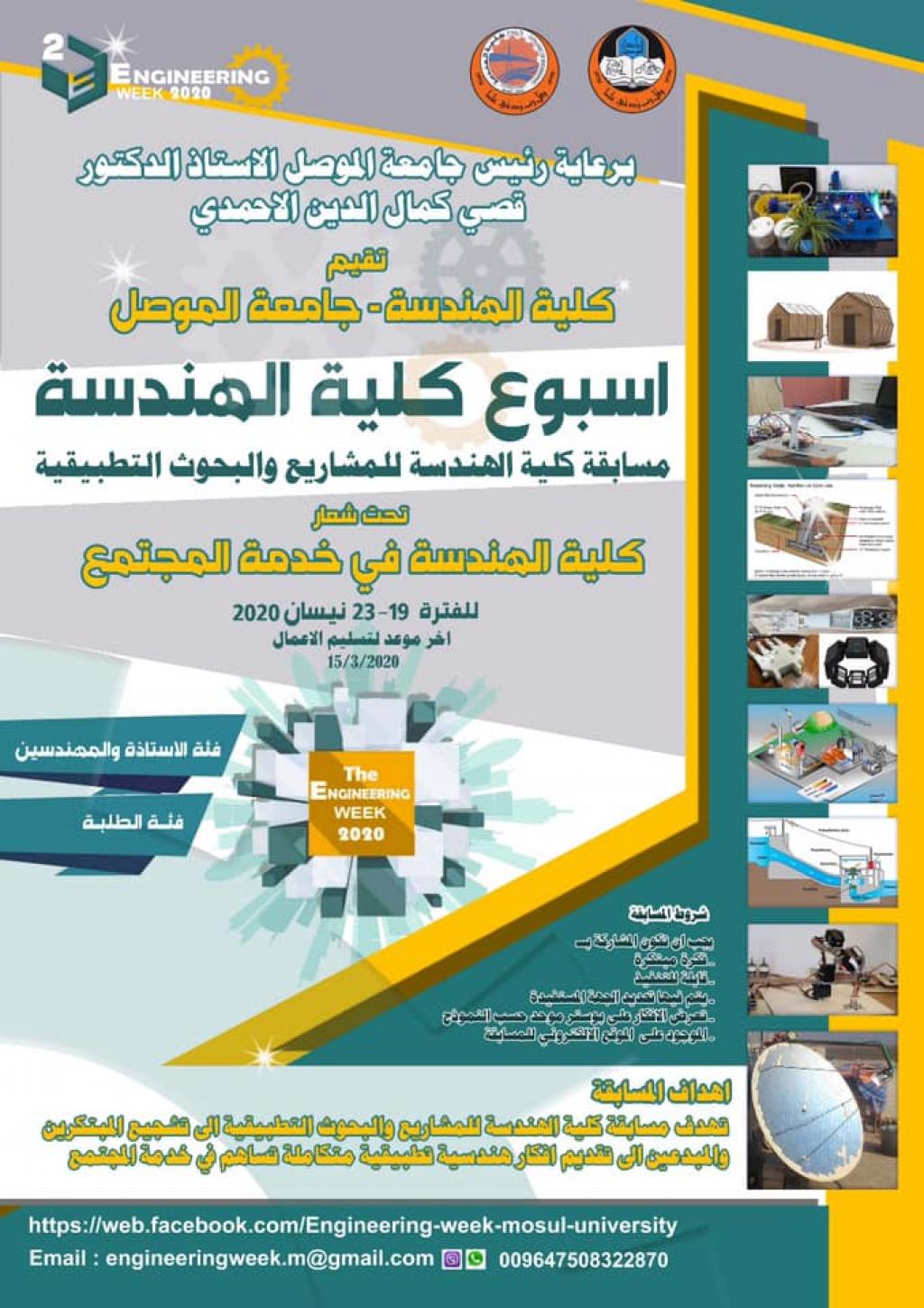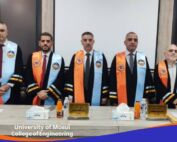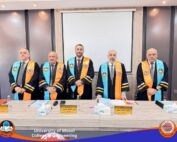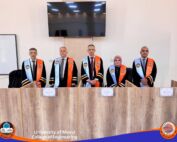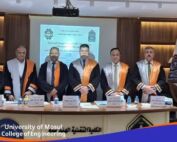1 November، 2022
Master Thesis on “Development of an Energy-Efficient Routing Protocol for Internet of Things Networks”
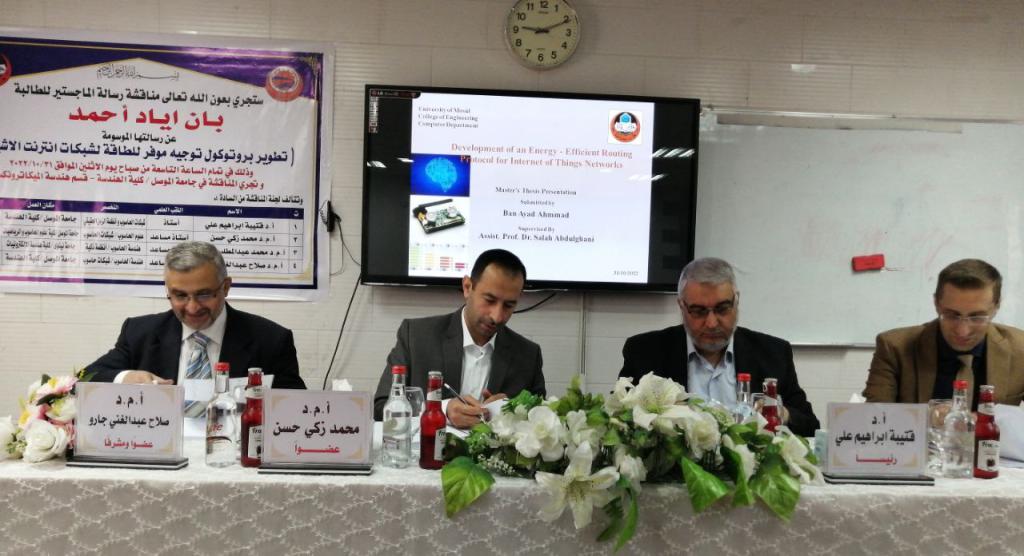
A Master thesis was discussed in Department of Computer Engineering / College of Engineering at University of Mosul entitled “Development of an Energy-Efficient Routing Protocol for Internet of Things Networks” submitted by (Ban Ayad Ahmed Alhanoosh) on Monday, Oct. 31, 2022.One of the essential enabling technologies for the Internet of Things (IoT) is Wireless Sensor Networks (WSNs), and many authors go deeply into this subject to uncover its huge benefits to serving humanity, and the fast revolutions in networking and communication helped in that. Since the due to the small sensors’ difficulty in being easily recharged after random deployment, energy consumption is an interesting investigation problem for WSNs in general. One popular scenario for reducing energy consumption intended for WSNs is using cluster-based technology to reduce sensor node communication distance. Therefore, this thesis offers scalable and energy-efficient numerous routing protocol enhancements which can be used on IoT networks.
In addition concentrating on one of the hierarchal routing protocol categories, that are used to improve the performance of WSNs through modifying the chain-based routing protocols to address single chain communication, where sensor nodes use more energy and die more quickly. This modification will take place for two stages that pass through improving techniques of enhancing the Improved Energy-Efficient PEGASIS Based protocol (IEEPB) that is already an improved protocol over Power-Efficient Gathering in Sensor Information Systems (PEGASIS) to reach the aim goal of this thesis. Stage one presents the KMeans clustering algorithm which divides the entire sensing region into several clusters to be applied to the IEEPB routing protocol. The impact of Base Station (BS) positions in the network field’s corner and center is investigated. Aside from that, the impression of the BS node statute is if it is stationary or mobile.
the best routing protocols resulting from the one stage using KMeans Optimization (KMO), initially, the ideal number of clusters is chosen using the Calinski Harabasz technique. Since KMeans clustering algorithms need to be provided with a predetermined number of clusters because initializations often impact them. Then employing a machine learning method that has increased the network lifetime by applying the KMeans algorithm.
As a result, rather than using a single long path, data is transferred over shorter parallel lines. Therefore, after going through all aforementioned stages of protocols enhancement the last proposed protocol Improved Energy- Efficient PEGASIS Based routing protocol – KMeans Optimization (IEEPB-KMO). The effectiveness of the suggested approach was evaluated and investigated using a simulation model created in MATLAB R2015b.
